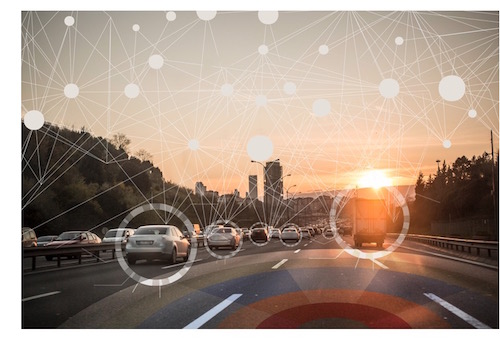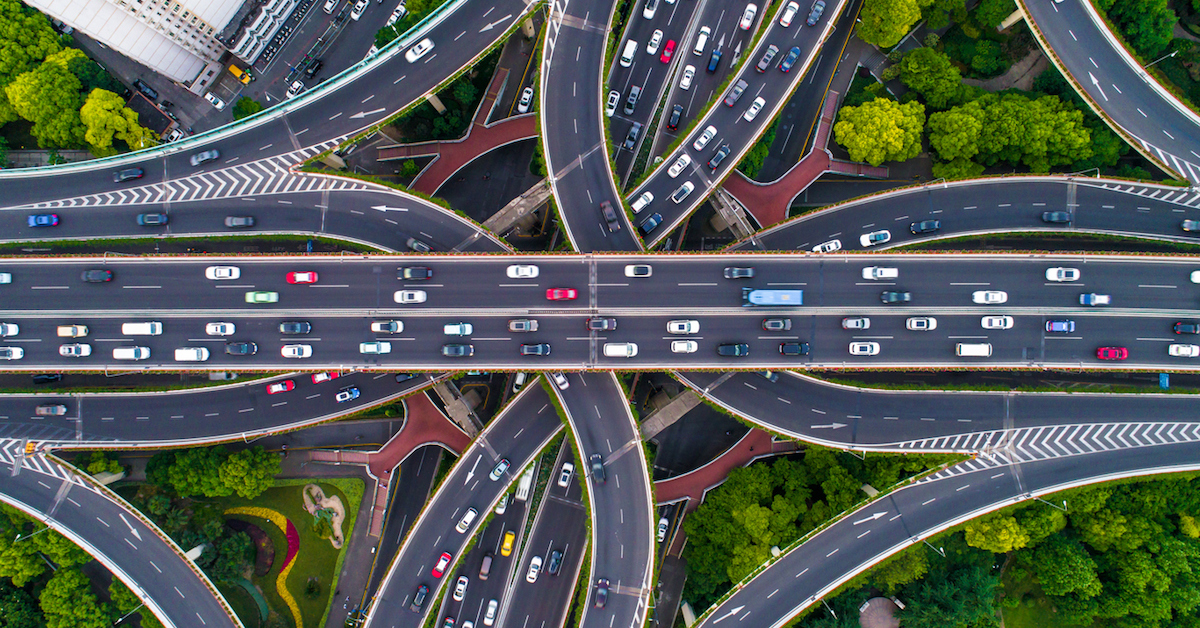With the increasing availability and life-critical nature of big data, we are already in the early stages of a significant shift in our reliance on data to improve automotive safety and transportation infrastructure. As a participant in the recent Data Age 2025 panel, we discussed how, when leveraged successfully, big data provides more efficient allocation of both private and public resources and ultimately transforms mobility to improve our quality of life.
Infrastructure and Safety
A recent INRIX report found that safety was the top concern for consumers when it came to autonomous vehicle adoption. Today, an estimated 90 percent of vehicle accidents are caused by human error and miscalculation. Instead of focusing primarily on ways to keep people safe in the event of an accident, automakers and technology companies are now mining data that can be used to help avoid accidents altogether.
The proliferation of IoT systems and the accompanying connectivity are also already being utilized to improve safety. Between 2013 and 2015, 45 million vehicle recalls were not addressed in the United States. To remedy that, companies like Tesla are beginning to provide over-the-air updates that ensure the most critical safety features of their vehicles are fixed instantly and fleet-wide. In addition to notable safety improvements, this connectivity also means less time off the road for consumers and greater savings for automobile manufacturers.
On the public sector side, for example, Iowa Department of Transportation (DOT) recently employed the INRIX Dangerous Slowdowns service to quickly alert drivers and public officials of rapidly forming congestion or sudden reductions in speed. In utilizing this new technology, DOTs and drivers are able to help prevent back-of-queue collisions by anticipating changes on the road.
Transportation Management
In tandem with vehicle technology, data will continue to be vital in solving some of today’s biggest challenges in transportation management. From meeting current and future levels of transportation demand, to minimizing disruptions in the transportation network, data and real-time analytics enable drivers and city officials to quickly respond to changing conditions on the ground.

For example, real-time analytics equip transportation agencies with the ability to immediately dispatch buses should demand increase, or more quickly send response vehicles and emergency personnel to the scene of an incident. In the event of a natural disaster, data can be used both in real time and after an event to improve evacuation efforts. Just last year, South Carolina’s DOT relied on real-time traffic data to aid evacuation routing during Hurricane Matthew.
Municipal Development
Data and analytics arm public officials with key insights into traffic congestion and incidents across the road network. Using historical and real-time data, cities and DOTs can identify recurring congestion hot spots and use that information to address the most problematic areas and reap the greatest benefits. Additionally, public officials can process incident data to determine if safety-related projects have met the project’s goals, or if changing the way an intersection works has had a positive or negative effect on safety.
Driver Benefits
The benefits of connected and autonomous vehicles and the data they generate also extends to everyday drivers. For example, a recent study from INRIX found that real-time parking availability was the most desired navigation feature in a connected car. By enabling access to information about real-time availability, pricing and parking restrictions, in-vehicle systems and mobile apps (like INRIX Traffic, ParkMe and Waze), can help drivers determine the best place to park, intelligently routing them to an open spot. Not only does this ease driver parking pains, it also enables city planners to develop smarter, more responsive infrastructure. This flexibility allows cities to maximize operating efficiencies when expanding road or parking facilities are cost or space prohibitive.
Looking Forward
The Data Age is not an era in the far-off future. Life critical data is permeating the foundation of our lives and our cities. From ensuring our loved ones are safe in their car, bus or bike, to minimizing congestion and helping build smarter infrastructure, data is revolutionizing the human experience in ways we couldn’t have imagined even a decade ago.







